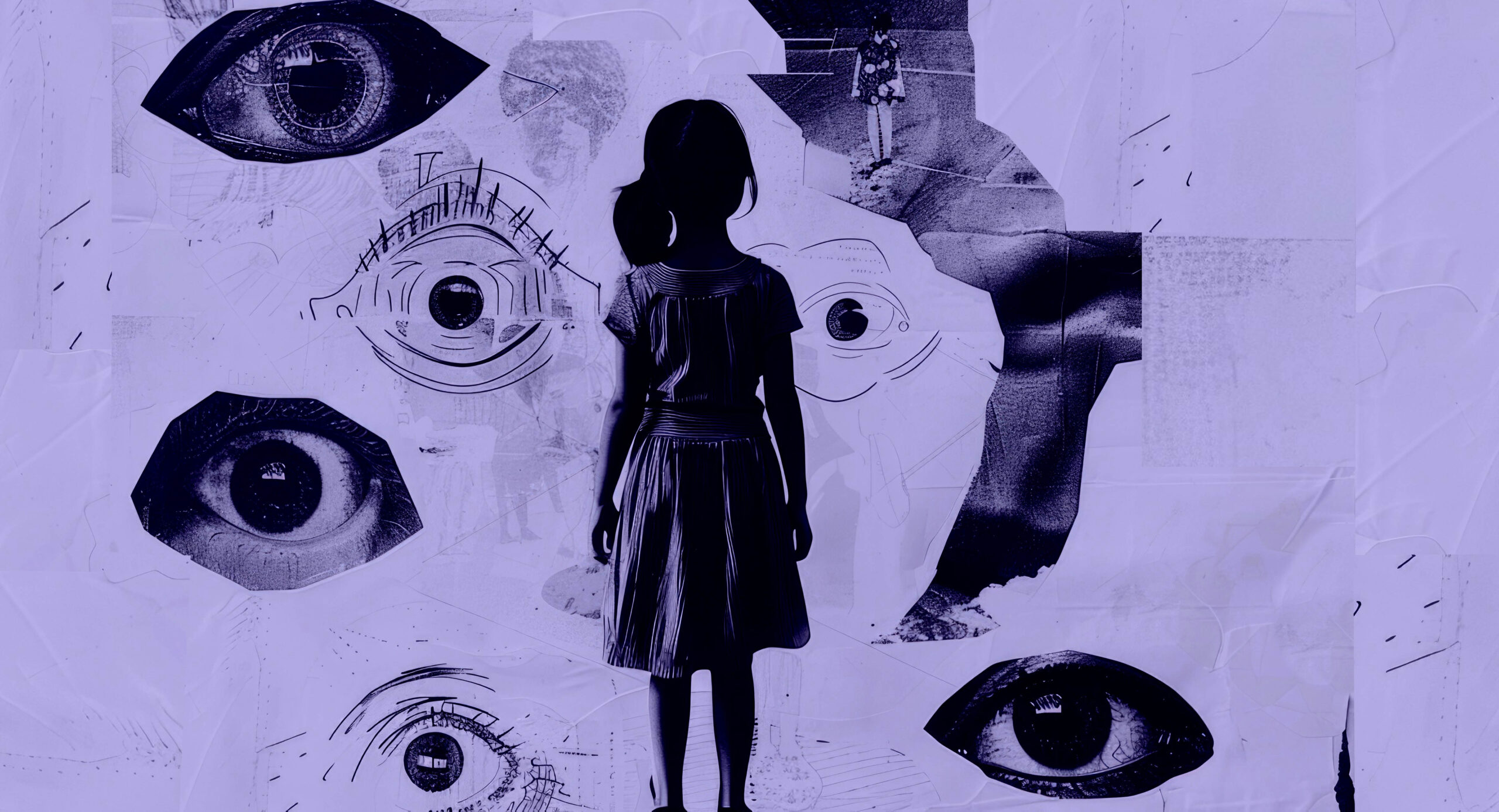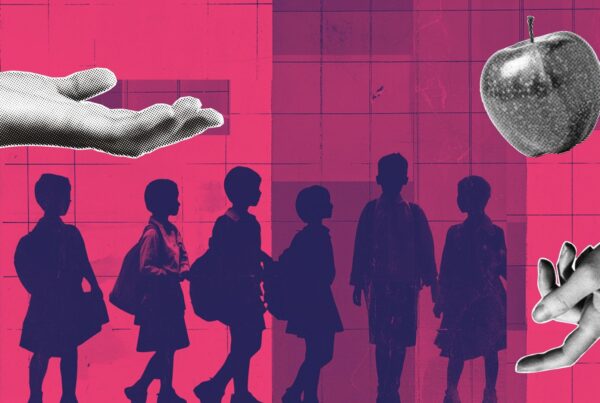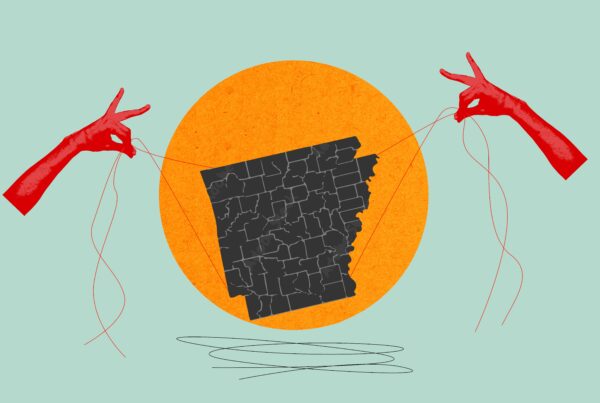Recently in Northwest Arkansas, a farmers market bustled with folks out enjoying the spring weather — families, kids, and dogs in cute bandanas. But among the crowd of happy market-goers were groups of anti-choice activists that were rumored to be congregants from a church in Missouri.
The protesters, including some kids and teenagers, held 5 foot signs depicting graphic images of dead fetuses and other anti-choice signs. It was meant to shock and disgust market patrons into declining to sign the Arkansas Abortion Amendment petition.
The use of graphic images of fetuses has become a contentious strategy employed by some anti-choice advocates. These disturbing images are often displayed on billboards, posters, and pamphlets, and are intended to shock viewers and provoke strong emotional reactions.
We’ve mentioned it before, but this is propaganda. You can also read about the history of this icky tactic here.
The use of graphic imagery raises significant ethical concerns, both about how these images are sourced and the profound harm they inflict on different population groups.
Questionable Sourcing of Images
One of the most troubling aspects of the imagery is how they are procured. These pictures are often obtained overseas where regulations regarding the use of medical imagery are less stringent. This raises several ethical questions:
- Consent and Respect for the Deceased: Many of these images are used without the consent of the individuals involved, including the parents of the deceased fetuses. Because of a lack of consent, this blatantly violates the privacy and dignity of the parents in the midst of their grief. Imagine the outrage if photos of deceased loved ones were used in public campaigns without permission. This is no different.
- Exploitation of Vulnerable Situations: The sourcing of these images often involves exploiting vulnerable situations. Medical procedures, including abortions, are deeply personal and complex decisions. Most medical professionals believe the imagery showing fully-formed fetuses are from stillbirths, not abortions, and they’re often labeled with incorrect gestational dates. Using imagery from such sensitive contexts without permission is exploitative and disrespectful to the individuals who lived these experiences.
Psychological Harm to Children and Women
Beyond the ethical issues surrounding their sourcing, graphic anti-abortion images have significant psychological impacts, particularly on children and women who have experienced pregnancy loss.
This is by design. “The use of fetus porn is a sign of desperation,” writes Canadian journalist Joyce Arthur. “The anti-choice movement has failed to convince people through civil advocacy that abortion is ‘murder.’ Resorting to fetus porn is a bid to grab peoples’ attention through shock tactics. But these pictures have been in widespread use for 20 years now, with zero evidence they have caused any shift in public opinion towards anti-choice views. It’s not hard to figure out why.”
Here are two ways anti-choice imagery damages its intended audience:
- Traumatizing Young Minds: Children are highly impressionable, and exposure to graphic images of fetuses can be deeply traumatizing. These images can lead to nightmares, anxiety, and confusion. Children may not have the cognitive ability to understand the context of these images, leaving them scared and distressed.
- Re-Traumatizing Women: For the many women who have experienced pregnancy loss — whether through miscarriage, stillbirth, or abortion — this imagery can be especially devastating. The sight of graphic images often triggers intense emotional pain; it reopens wounds and hinders their emotional healing process, in turn leading to increased anxiety, depression, and other mental health issues. It’s unhelpful at best and cruel at worst.
Ethical Advocacy
If the goal of anti-abortion advocates is truly to protect and value life, then it is essential to consider the impact of their methods. Graphic imagery does not foster productive dialogue or understanding; rather, it creates fear, distress, and division.
Advocacy, for any particular issue, should be grounded in respect for all individuals involved. In the case of abortion advocacy, this means respecting the privacy and dignity of those who have experienced pregnancy loss and ensuring that any imagery used is consensual and contextually appropriate.








